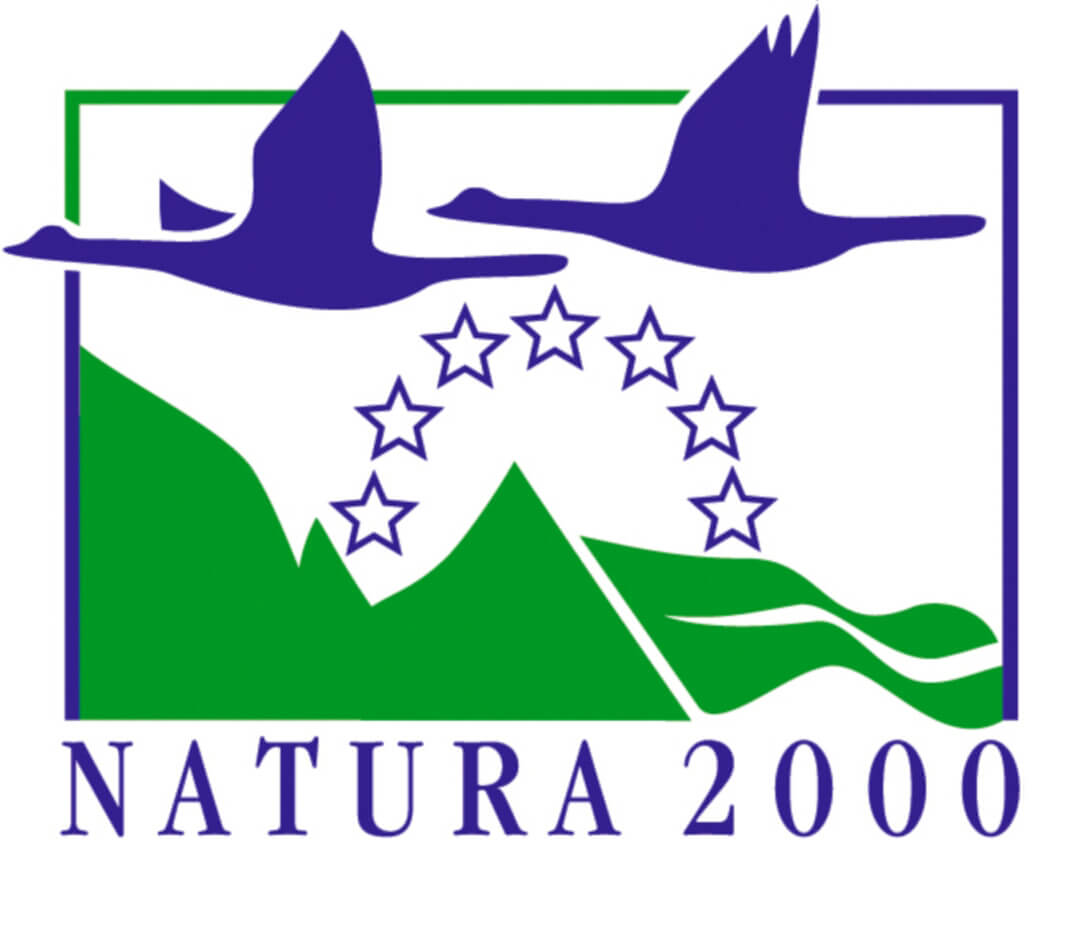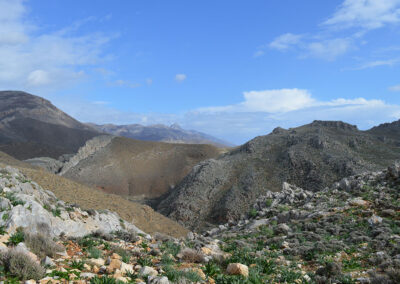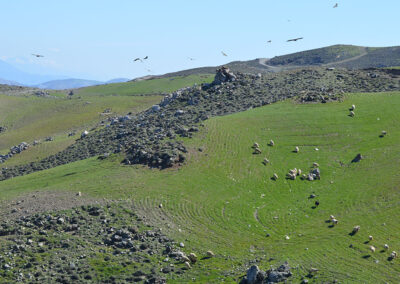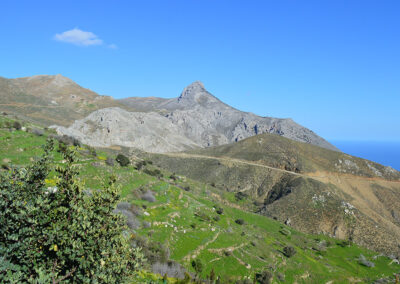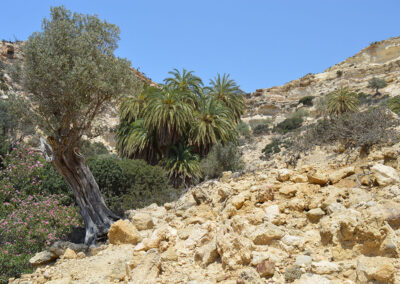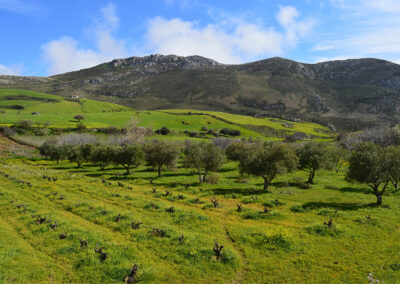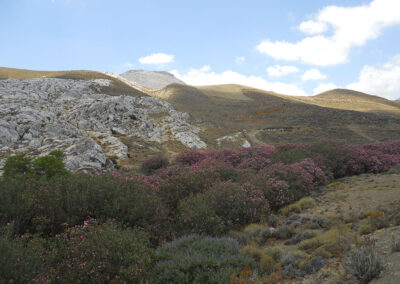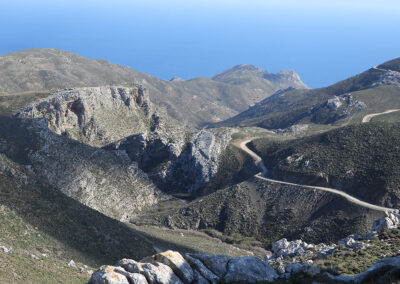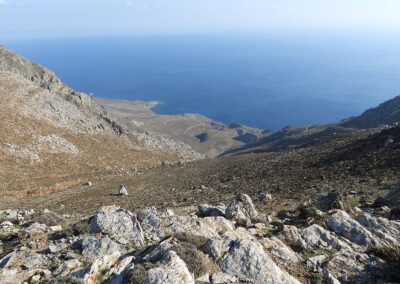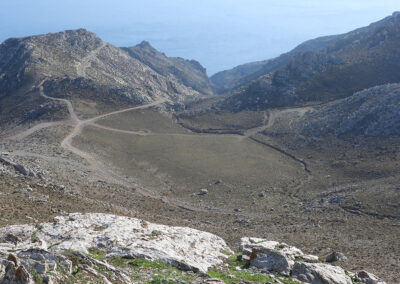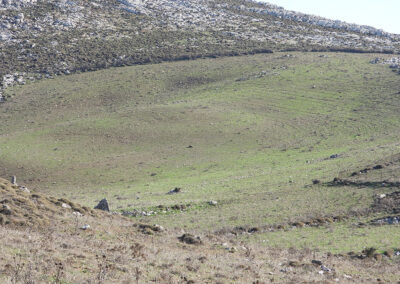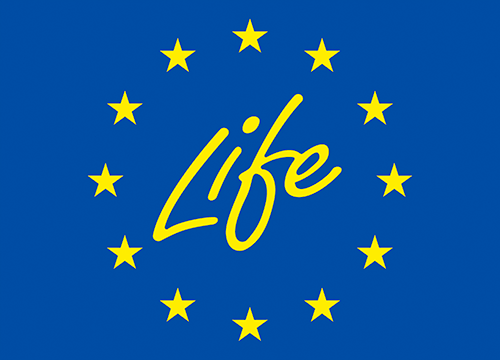Asterousia
The Asteroussia Mt. Range, although considered of low productivity due to its rocky and sloppy terrain covered by a thin soil superlayer, has been inhabited, grazed, cultivated and has sustained human communities since the ancient times. The relatively low vegetation cover typical of the southeast Mediterranean, coupled with long dry summers and strong winter rainfalls which are intensified by the climatic deregulation of our times and multidimensional human pressures, have resulted in elevated risk of land degradation and desertification.
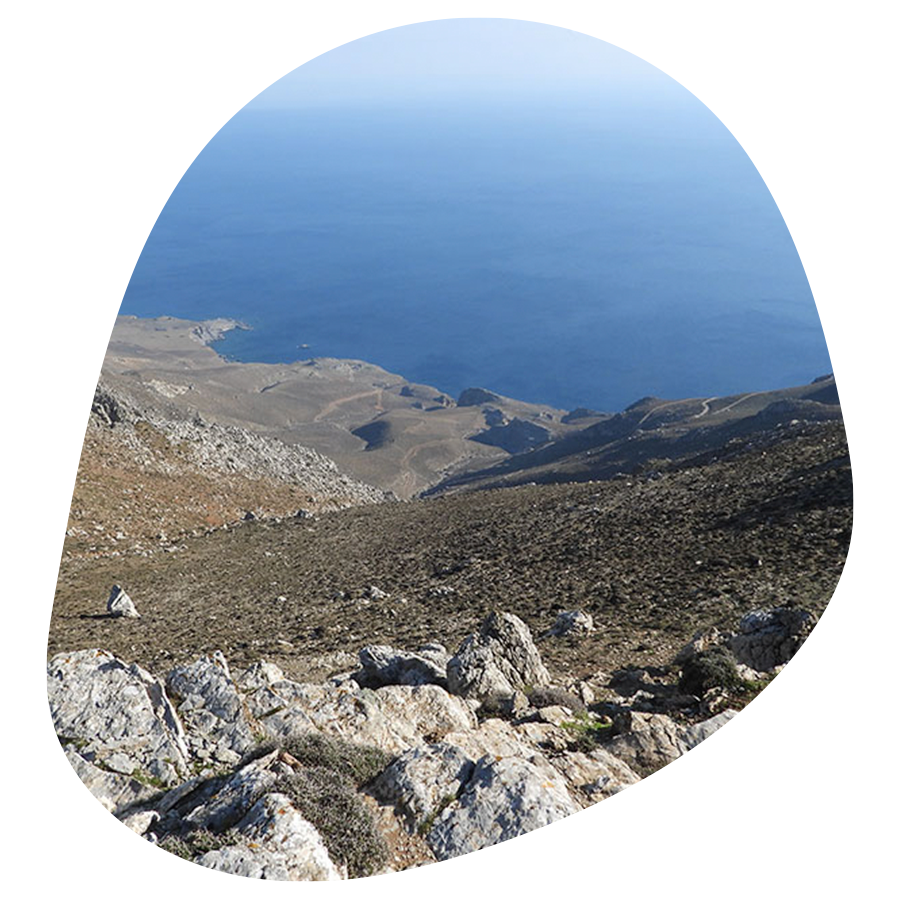
In recent decades the Asteroussia Mt. Range has seen a widespread change in land uses driven mainly by the abandonment of traditional cultivation on drywall terraces, the expansion of road networks and infrastructure serving tourism development and RES projects. Another crucial change has been the overgrazing of virtually all grasslands due to the steep increase of livestock numbers and the abandonment of the traditional extensive animal farming model driven by the current CAP subsidies policy. These human pressures coupled with the effects of climate deregulation contribute to the increase of soil loss, erosion and salinization resulting in the degradation of productive, arable land, decline of vegetation cover, loss of biodiversity and its functioning, habitat and landscape modification, all of which eventually threaten Asterousia with desertification.
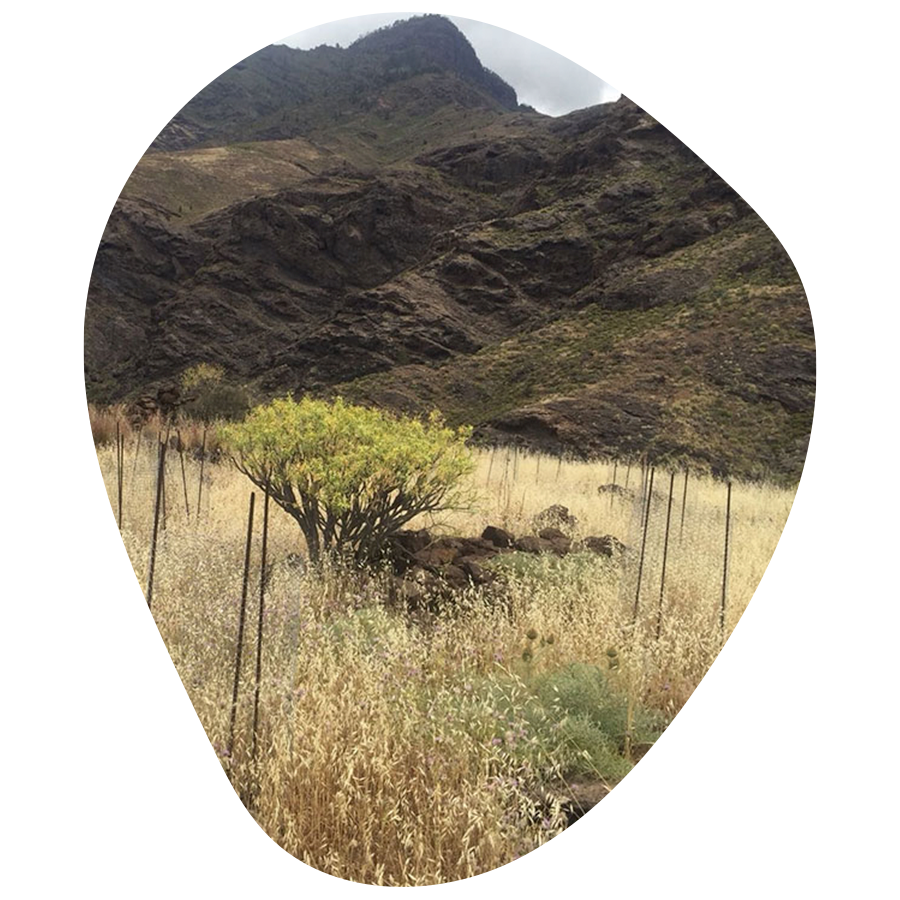
Tifaracás
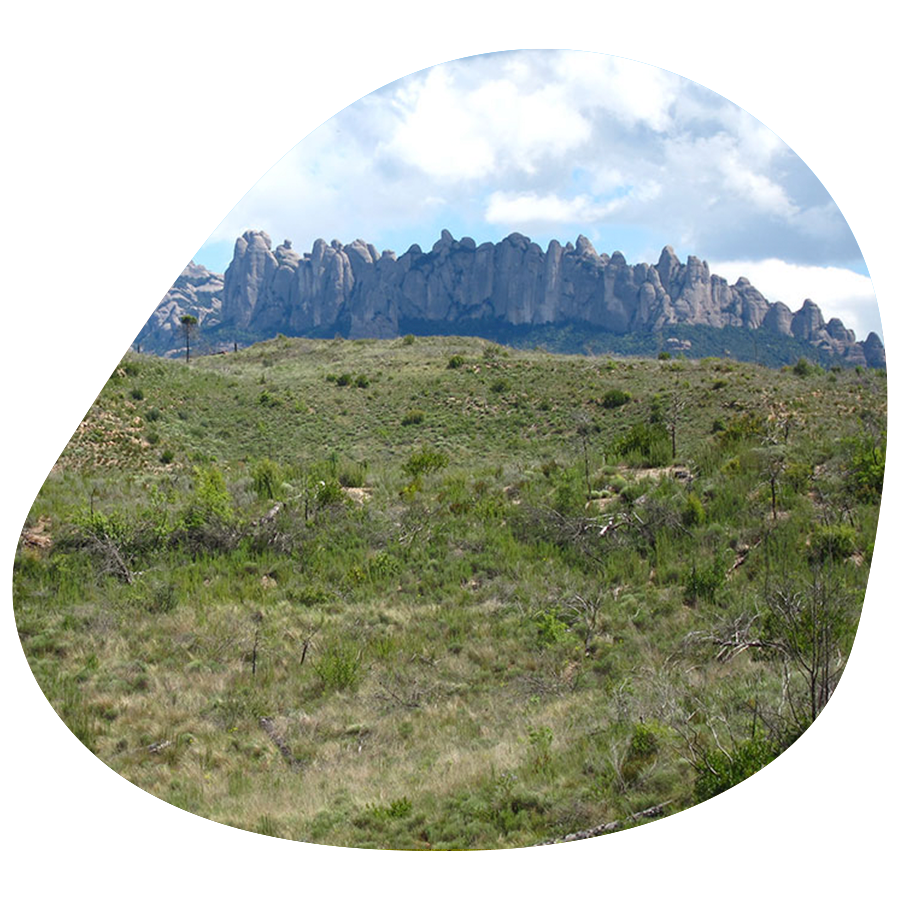
El Bruc
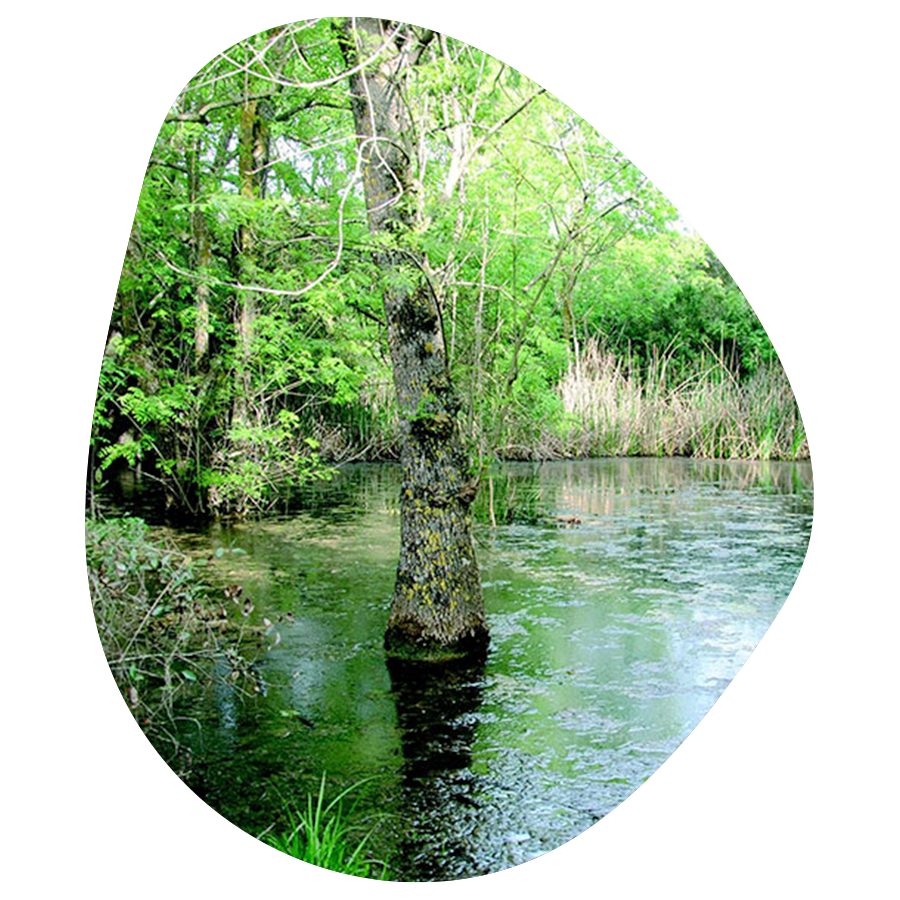
Palo Laziale
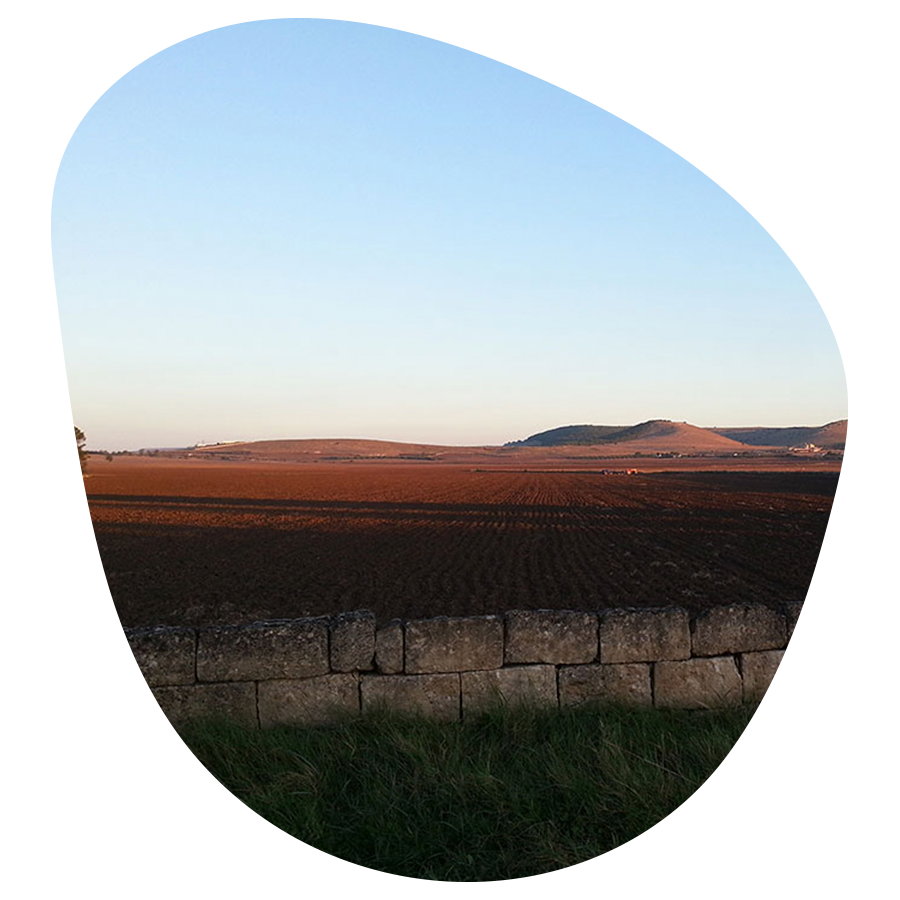
Alta Murgia
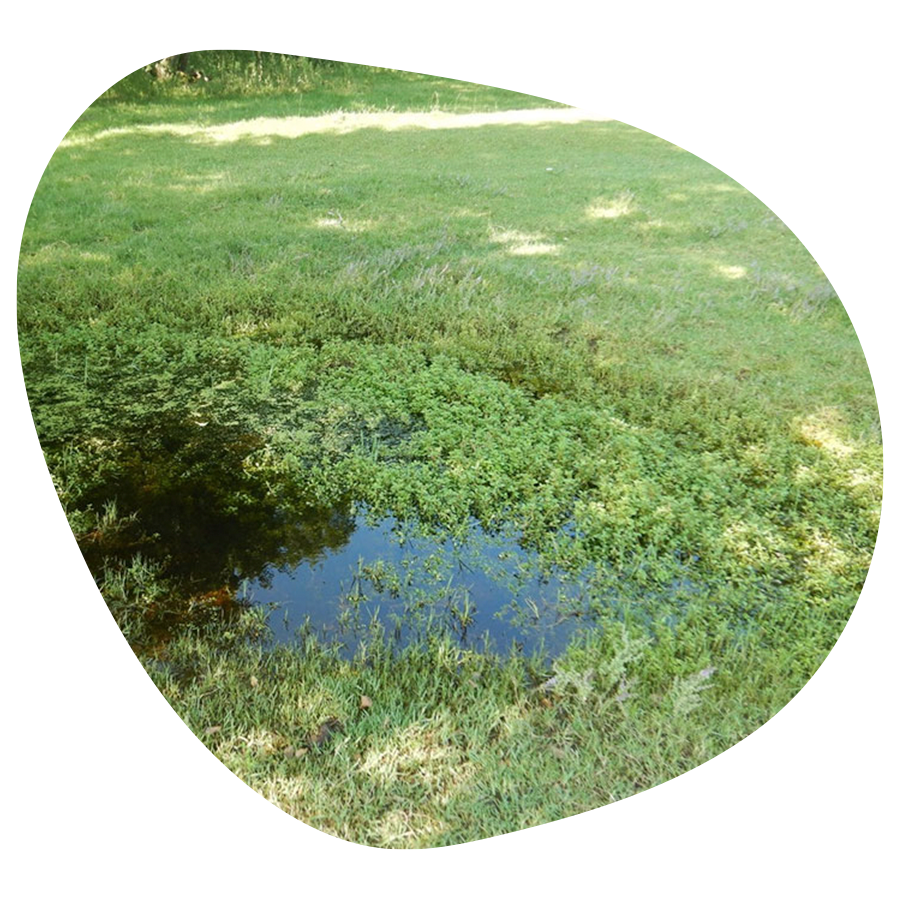
Nestos

Asterousia
The LIFE20 PRE/IT/000007 project is funded at a percentage of 60% from the LIFE financial instrument “LIFE Preparatory project – Programme for the Environment and Climate Action” of the European Commission.
The GREEN FUND co-finances the NewLife4Drylands project for 2021, 2022 and 2023 through financing the University of Crete – Natural History Museum of Crete and the Hellenic Society for the Protection of Nature partners with the total amount of €52,000.00.

